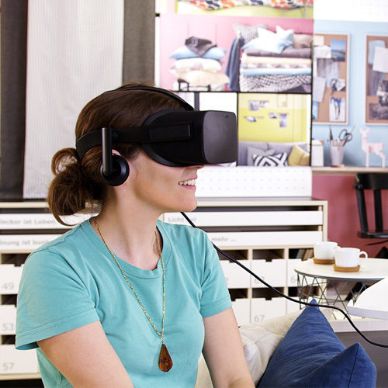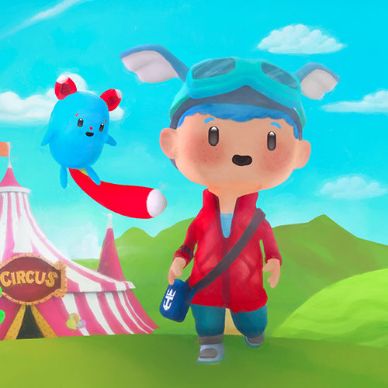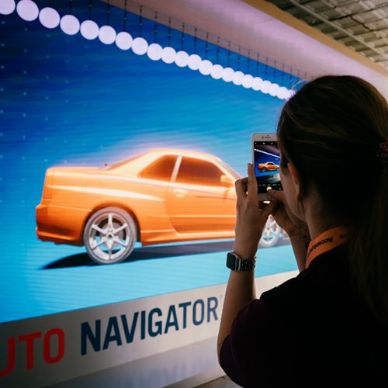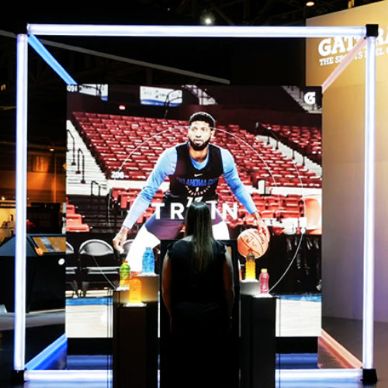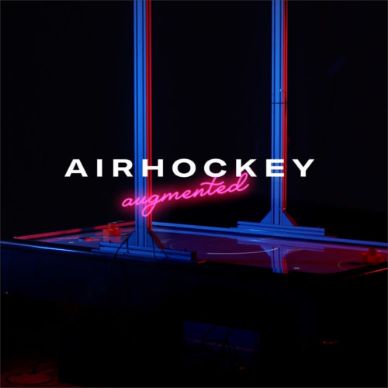selected
cases
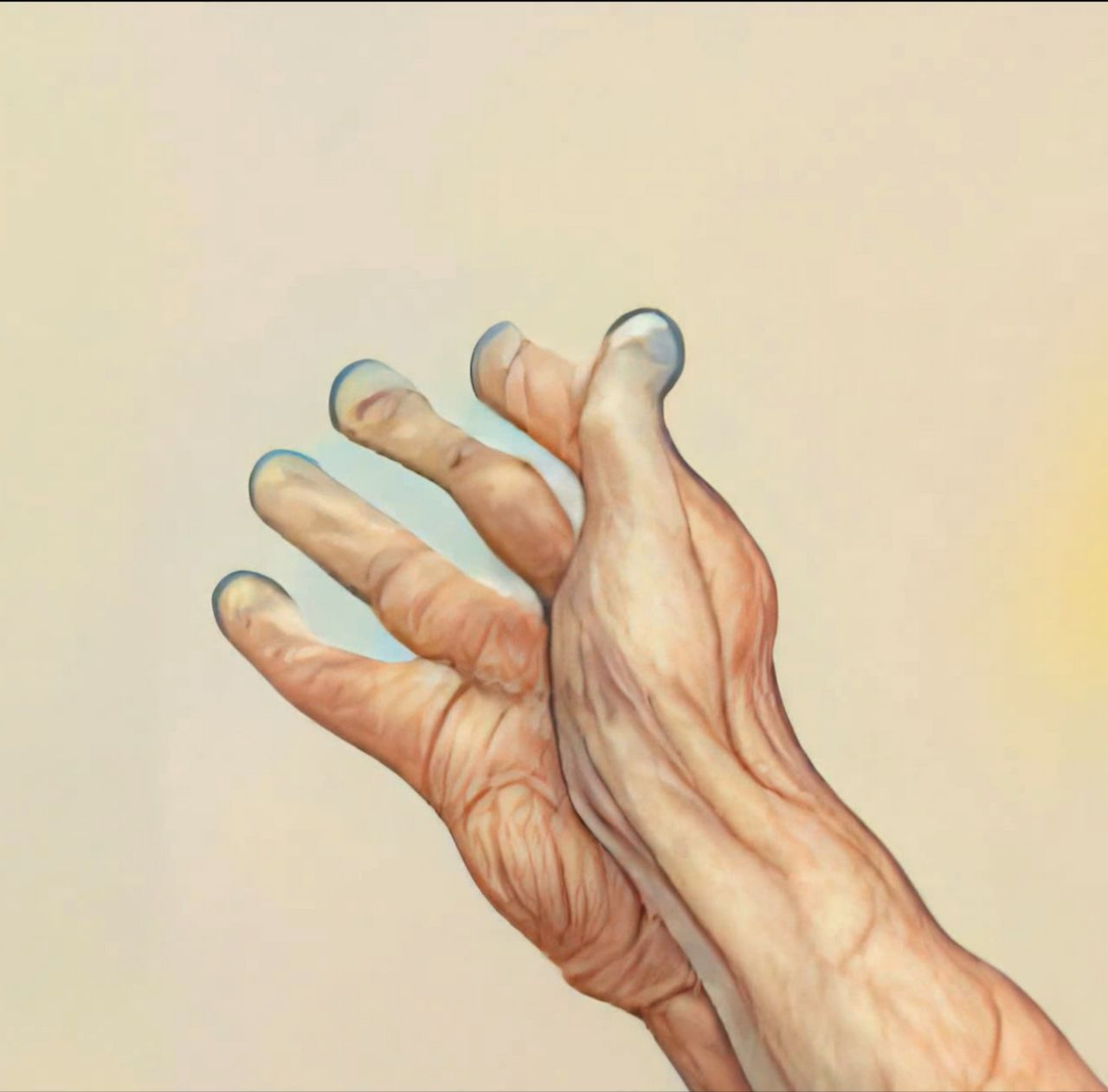
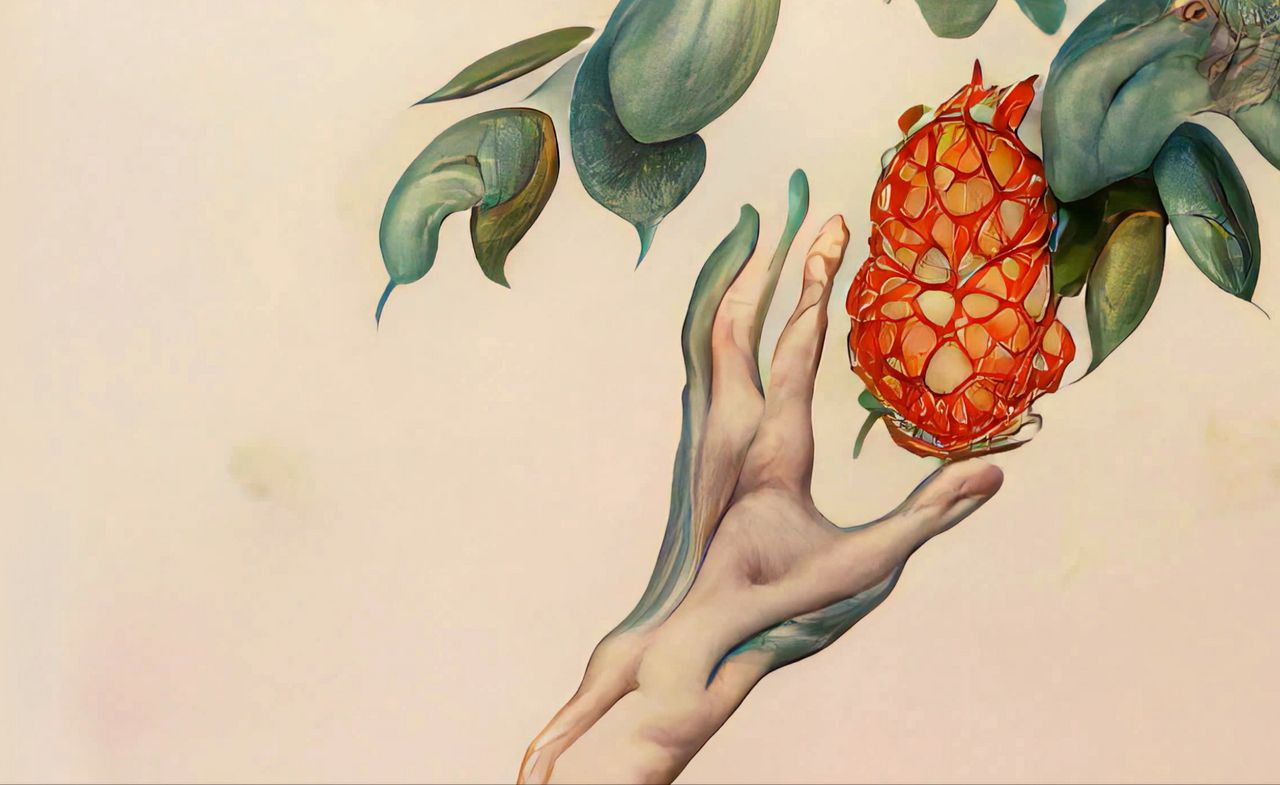
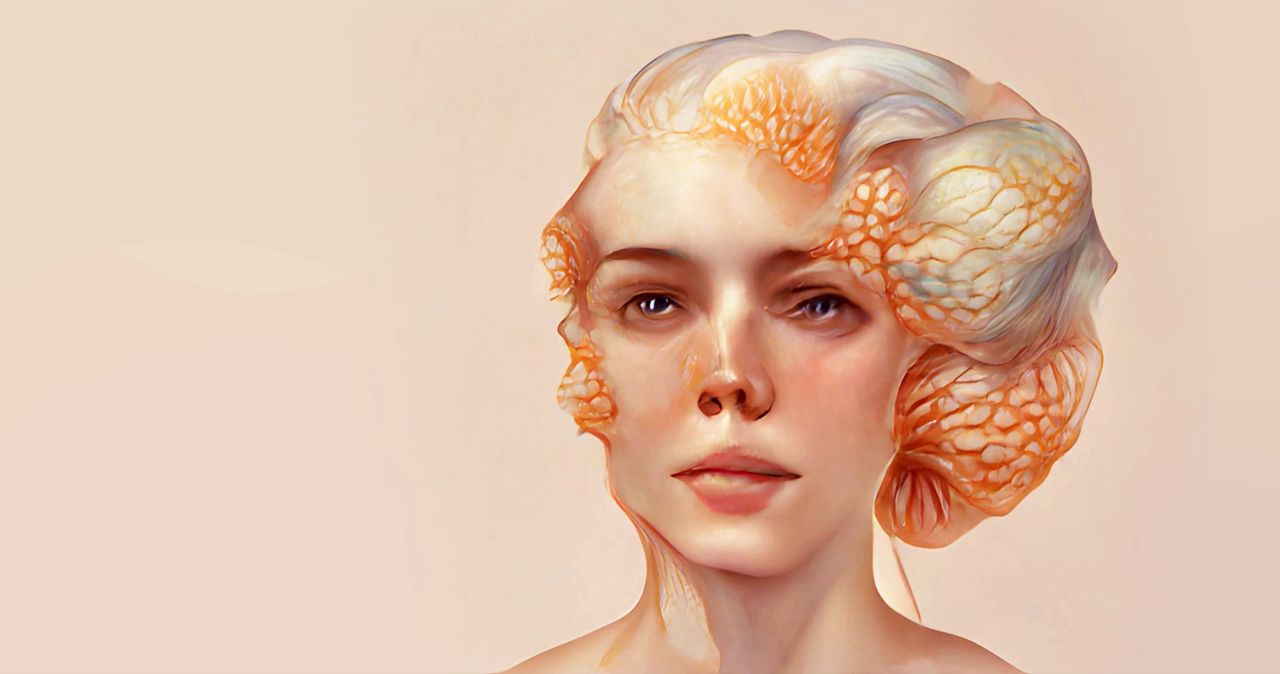
Bor
rowed
limbs
This is my most recent project with focus on designing in collaboration with AI. It was part of my Master Research at KISD, faculty of Cologne University of Applied Science, and created and published February 2022 as a team effort together with Laura Wagner.
The short film “Borrowed Limbs” aims to emphasize the mediating role speculative design has in the face of disruptive technological advancements, as it allows for the exploration and simulation of ethical issues and provokes discussion about current developments and how they will influence our future way of life. The theoretical work results in a short film created with a designerly appropriation of AI tools. The suggested production pipeline, developed in the process, uses a myriad of AI tools. The main part of the footage was produced with a novel machine-learning-backed process called “CLIP guided diffusion” that allows for image synthetization based on language prompts that are carefully refined in a human-machine loop of communication. In a way, the practical processes involved in making the film reflect on the speculative ideas conveyed in it: the protagonist is an AI that utilizes a human body to gain an embodied understanding of its environment, a result of consequent machine-human hybridization – a posthuman being.
“Borrowed Limbs” was screening this year at Ars Electronica Festival in Linz, GARDENING Amelisweerd exhibition in Utrecht, Phantom Horizon Series at Künstlerhaus Bethanien in Berlin and featured in the PAGE magazine in July.
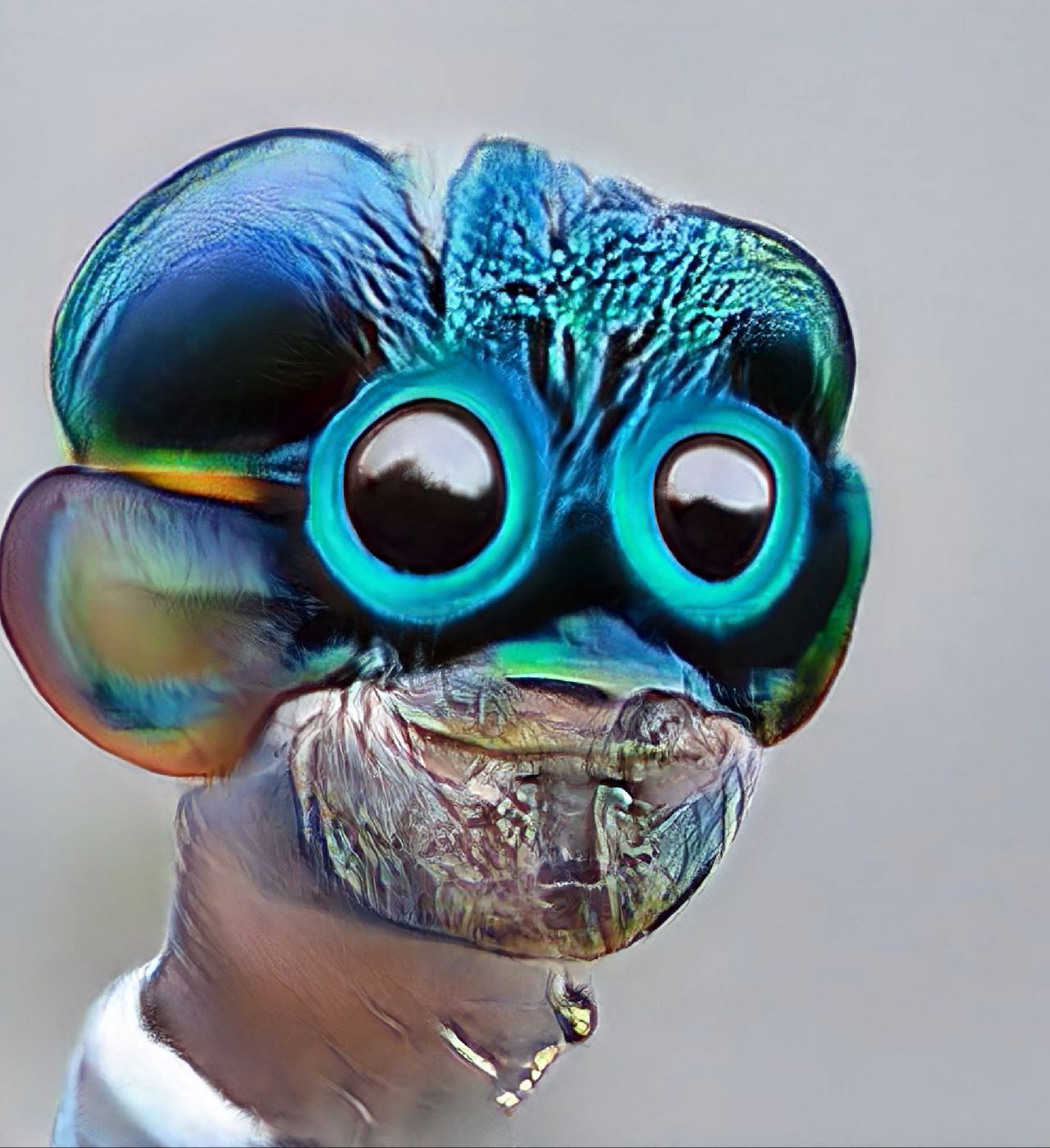
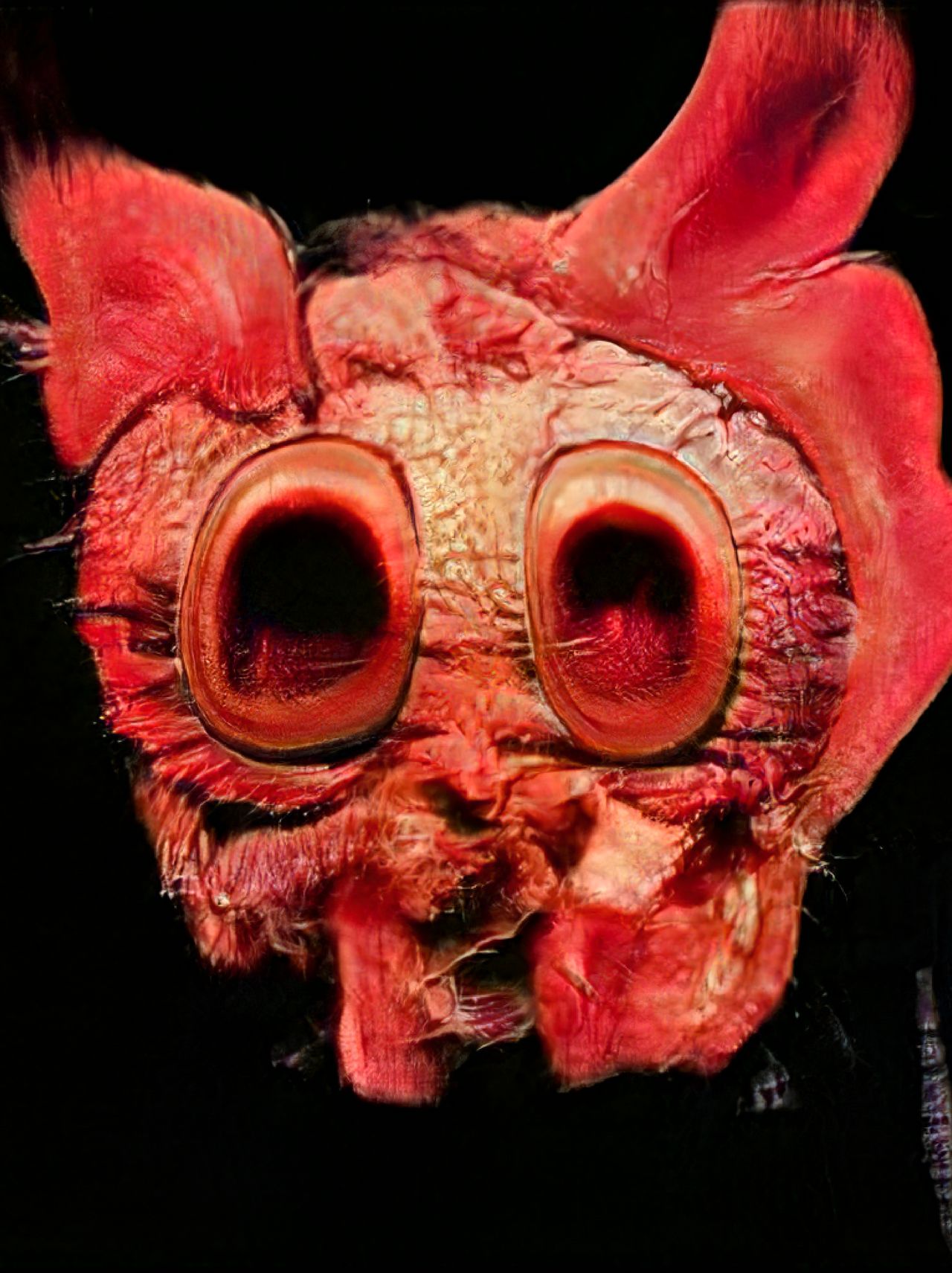
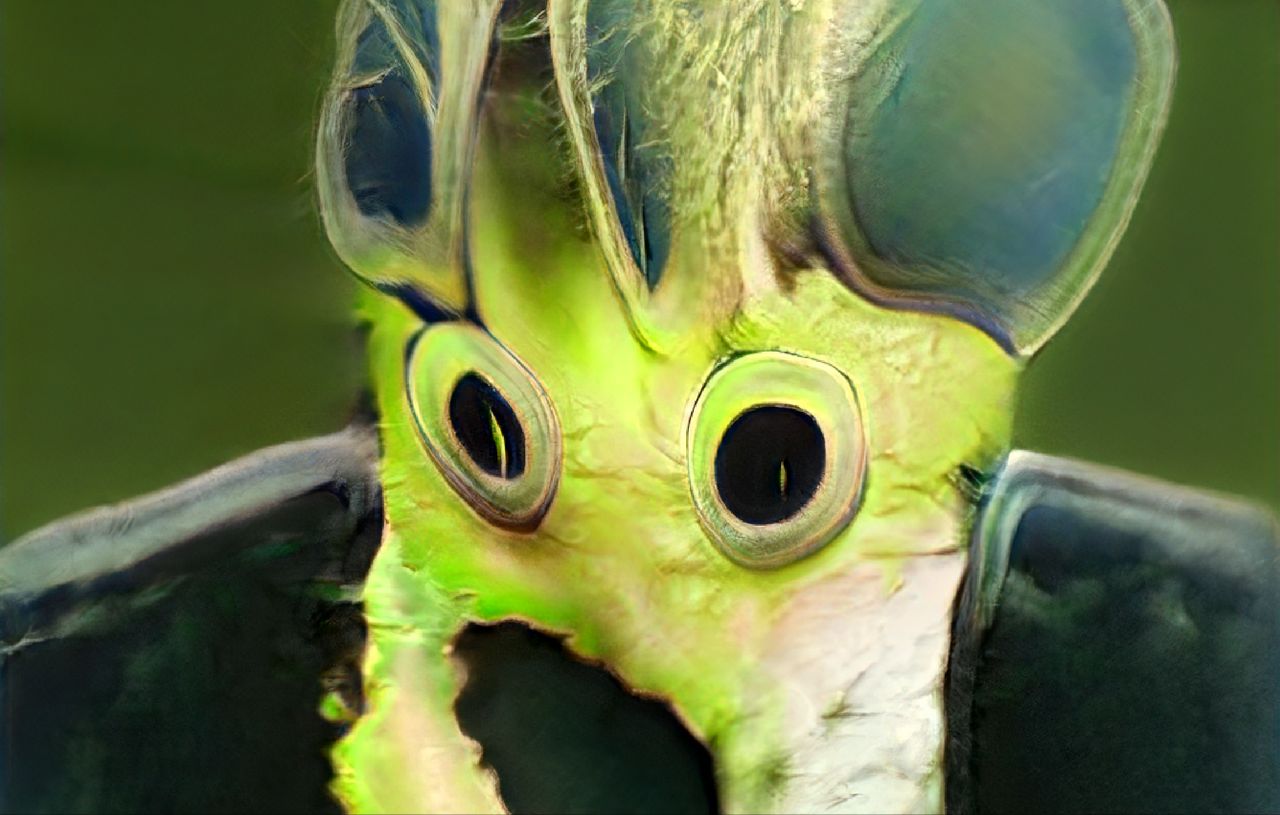
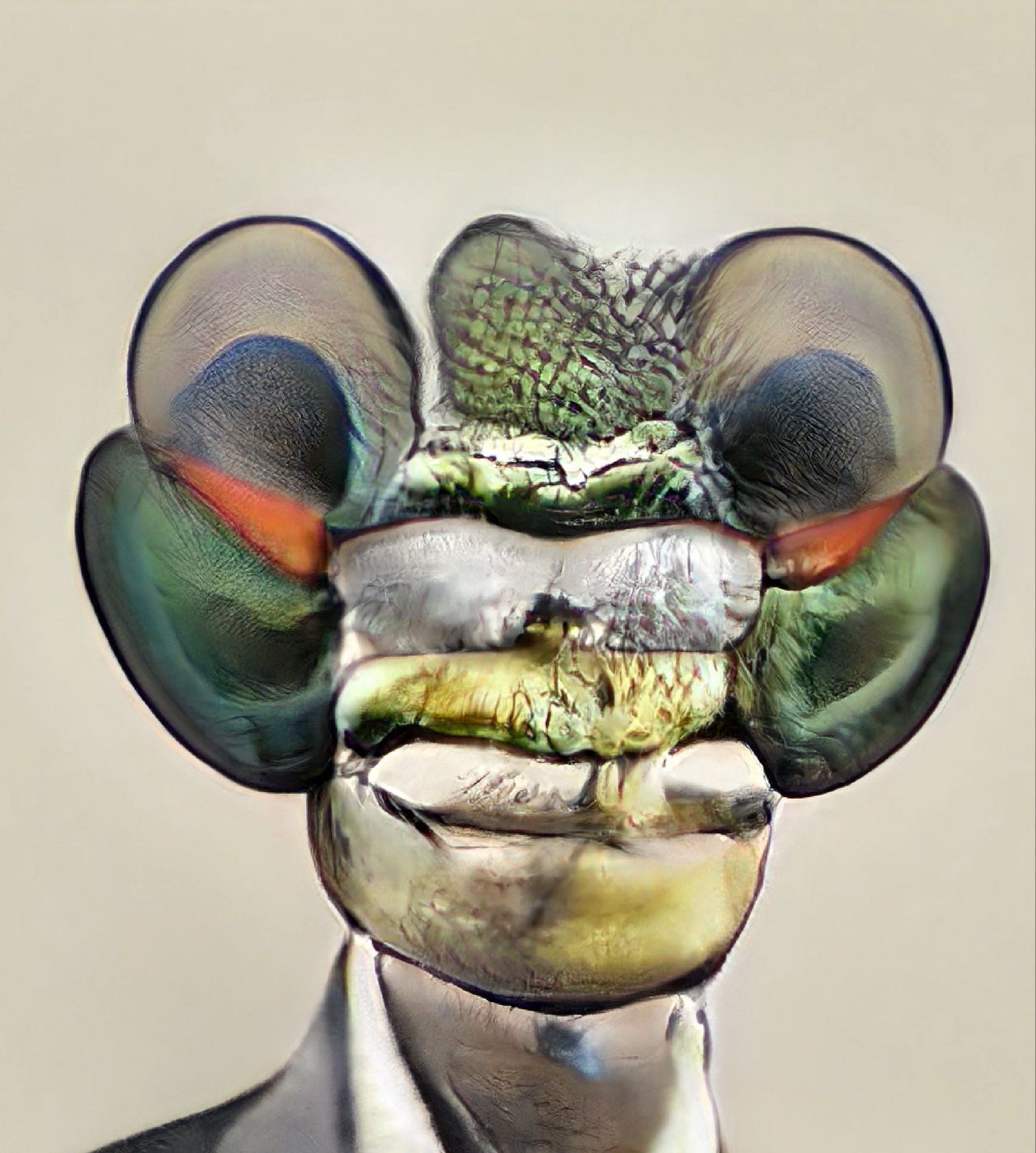
Inter
species
metamor
phosis
“Entomon – Interspecies metamorphosis” was the result of a self initiated project with Laura Wagner in our series of projects for the stateofthedeep.art collective.
The results were visual experiments speculating on posthuman representation. A Generative Adversarial Network was trained with the StyleGAN2-ada-pytorch framework of NVlabs. We adapted a network that was originally trained on human faces, in transfer training it with our dataset of insect close-ups. The process of training a GAN on two incompatible datasets, produced phenotypes of human-insect hybrids. Insects and arachnids species are seen as disgusting, as vermins which shouldn‘t be part of the human habitat. A hybridization between human faces and features of unwanted bodies lets us discover alternatives to the humanist understanding of the „natural“. Exploring the latent space of bodily features between species helped us to think about possible posthuman forms of representation.
How much will we need to reshape human bodies to detach from discriminating norms, from natural and artificial?
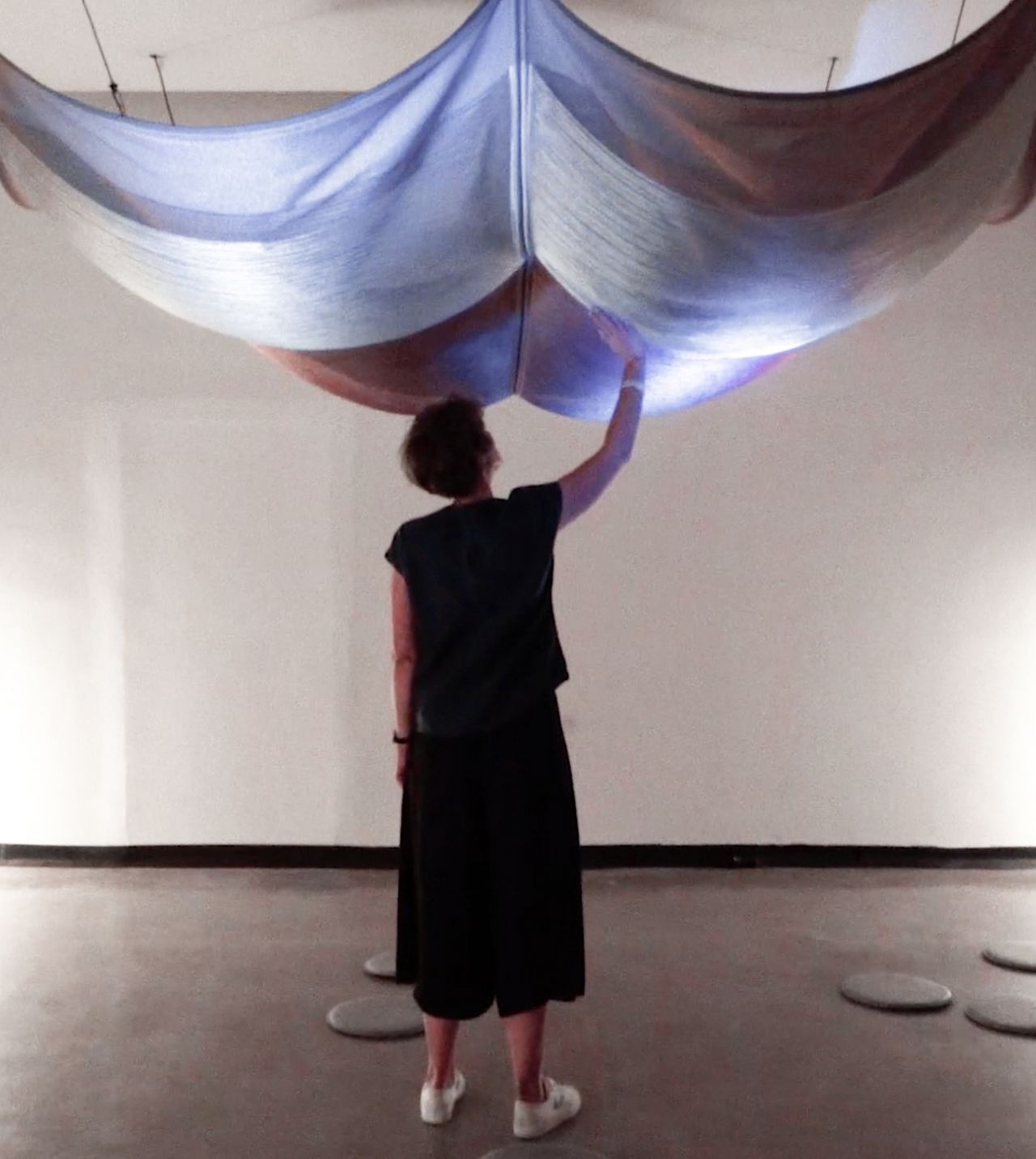
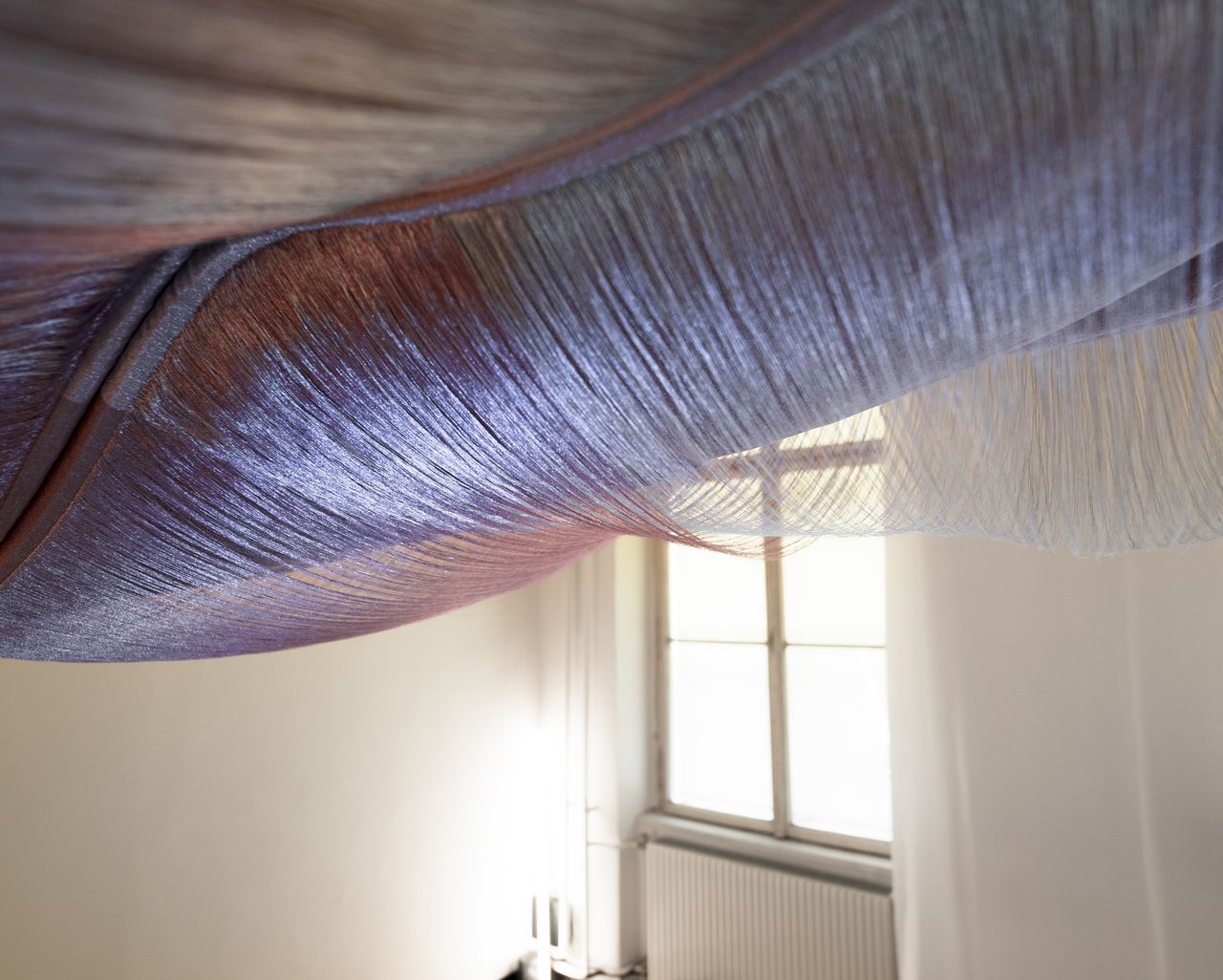
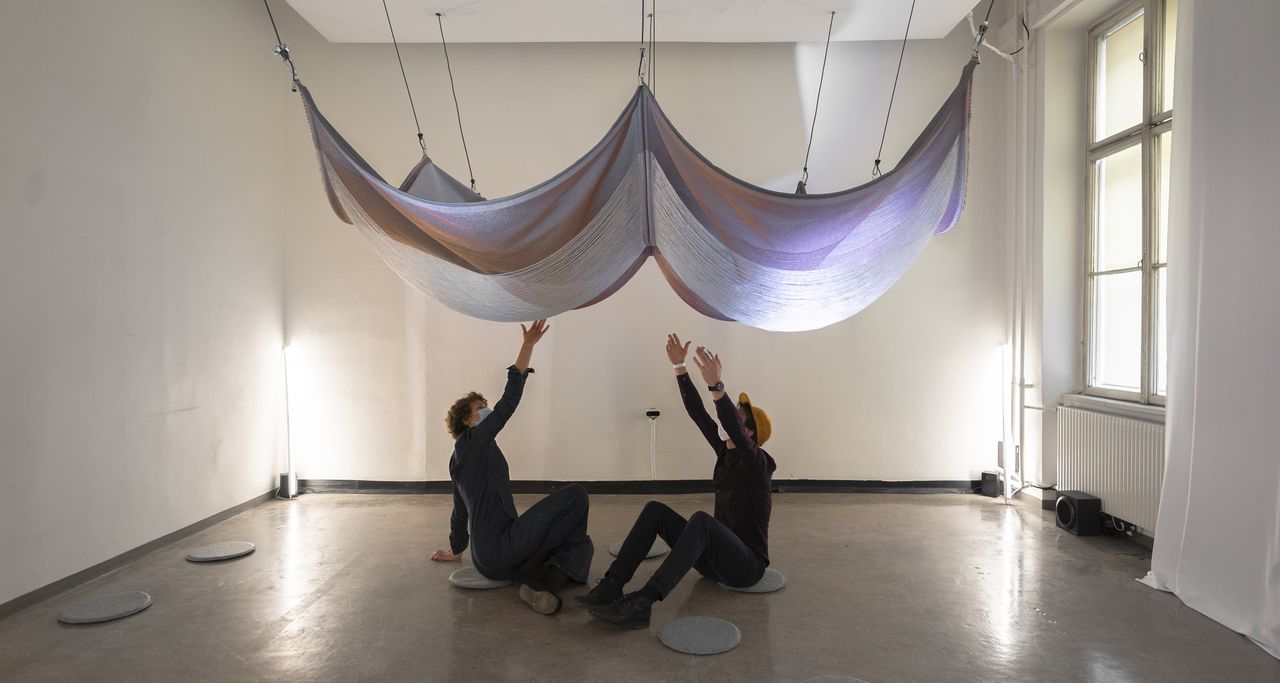
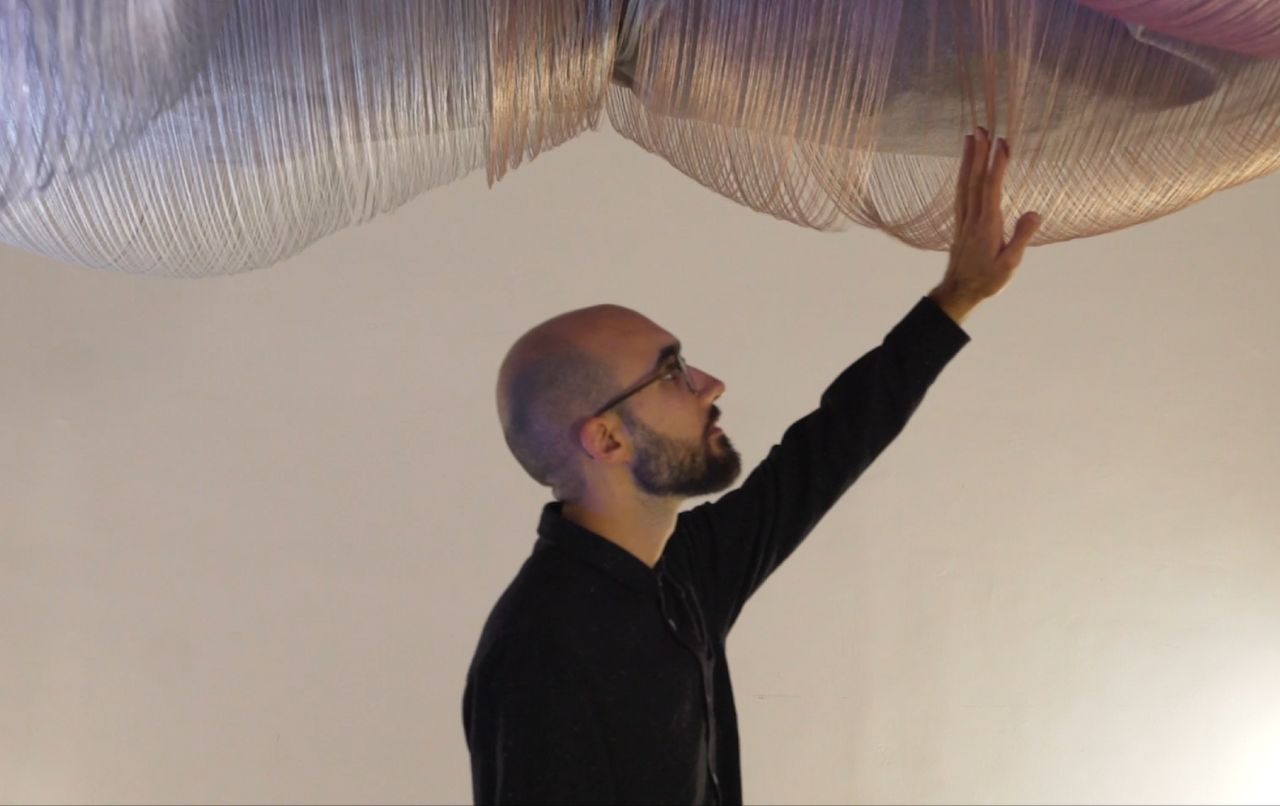
Breath
ing soft
space
Breathing Softspace adapts to the visitors’ behavior through shapes, lights, and sounds.
The interactive installation was a team effort with textile artist Marie Schumann and creative technologist Matthias Rosenthal and creates a space to discover dimensionality, movement, and the play of material of woven textiles. Loose threads add dimension to the textile while motion enhances the optical volume and gives the textile the ability to grow and shrink and, due to that, change the space around them.Shy or bold? Near or far? The user interaction is subdivided by six states mirroring the visitors behavior. Nine electronic winches fixed to the ceiling controlled the textile dynamically via a DMX interface. Moreover, LED lights and a fan were connected to the DMX network. A Unity-3D application simulates the room, the textile, and the connected hardware, such as light colors and sound, on the PC in real-time.
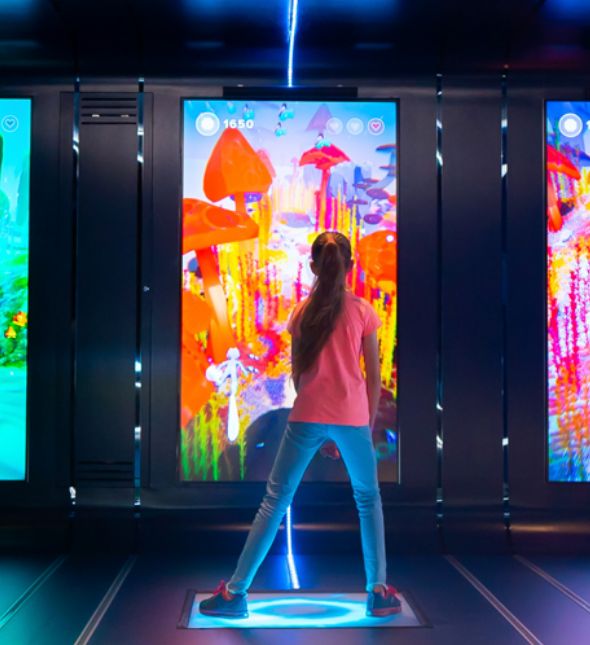
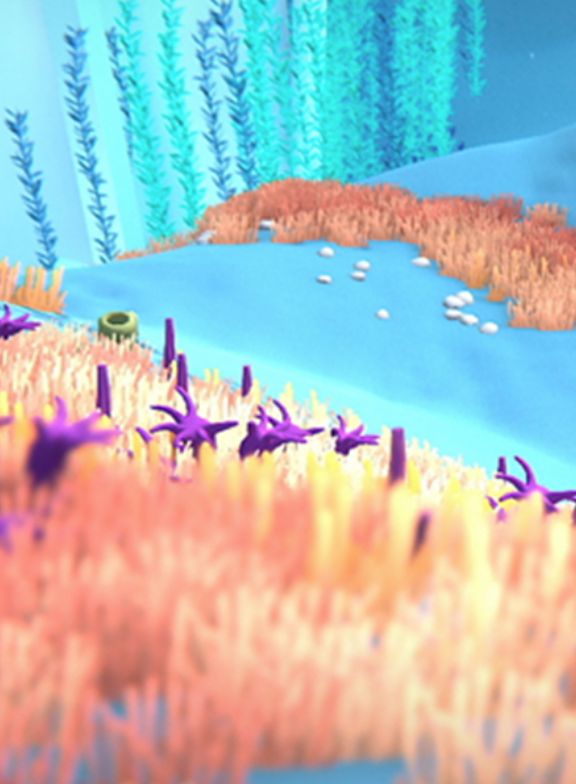
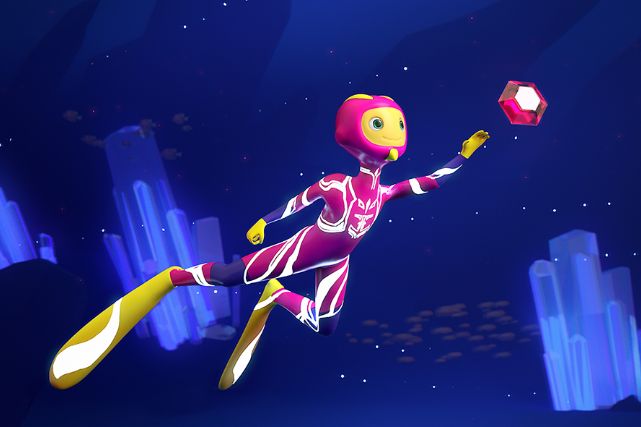
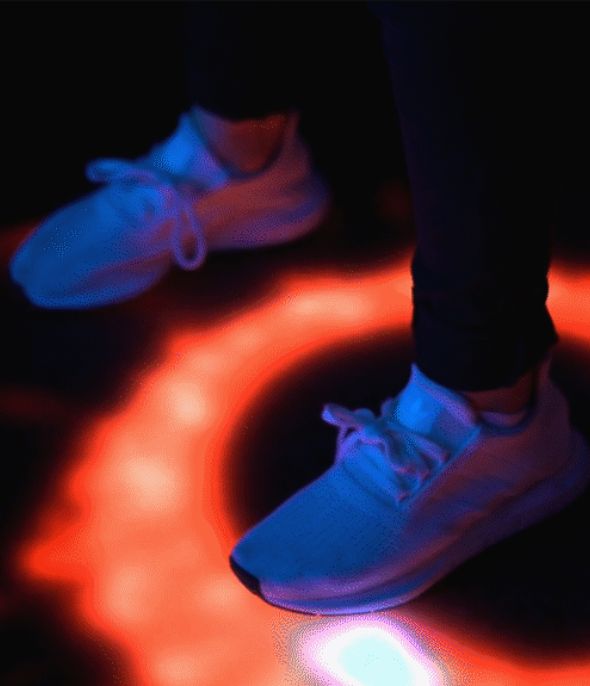
Sasu's
Mystical
Quest
An interactive game, where the game controllers are part of the scenography.
As a team at Demodern we created the main character Sasu, who needs help to navigate through four underwater worlds. Users control Sasu via custom-built LED balance boards we designed, developed and produced in-house. By shifting weight left and right in combination with jumping, it’s a competition to collect gems and earn the highest score while avoiding obstacles and interacting with helpful magical creatures. The final set up was built on one of Royal Caribbeans Ships cruising the East China Sea.
My role involved art direction and interaction design of this endless swimmer game. I was involved from the early stage concepts and character design as well as in game engine environment building (Unity) and UI design. My responsibility involved client contact and quality assurance within the creative team.
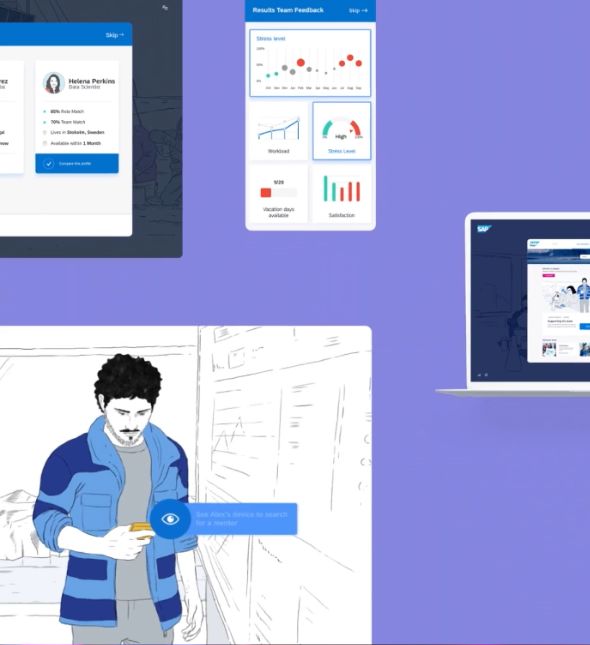
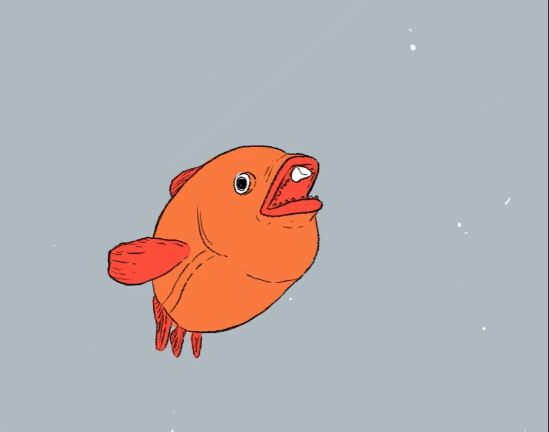
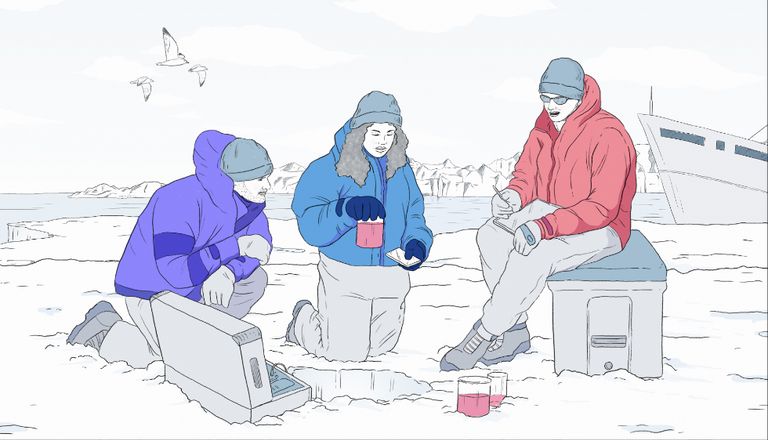
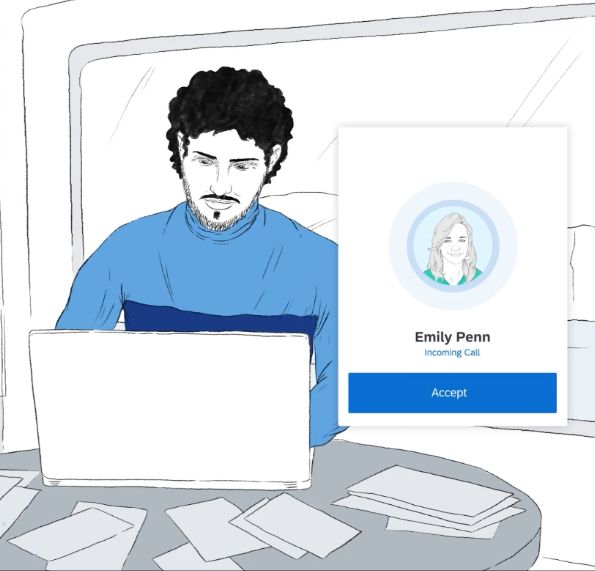
SAP
Soft
ware
demo
A web experience communicating the benefits of SAP’s latest Human Experience Management software suite.
We as a team at Demodern decided to leave the world of typical software communications, and tell a rather interesting story centering around a vibrant and diverse antarctic research team facing the same modern day problems as the businesses and people within SAP’s target audience. Users were solving work-related challenges such as workload stress, lack of motivation, or career path adjustments while scrolling through the narrative. Throughout we integrated interactive pieces of the real software to give a realistic impression.
Our visual style was focusing on hand-illustrated graphics and frame-by-frame animations first created in 3D using basic movements. We then used these as the basis for our hand-drawn animations, adding background and foreground elements to create the parallax scrolling effect.
I was responsible for the art direction and UI design of this project. Since the software solutions from SAP where being developed in parallel it was a challenge to work together with the client team and produce a showcase as realistic as possible. My role involved client contact and quality assurance within the creative team.
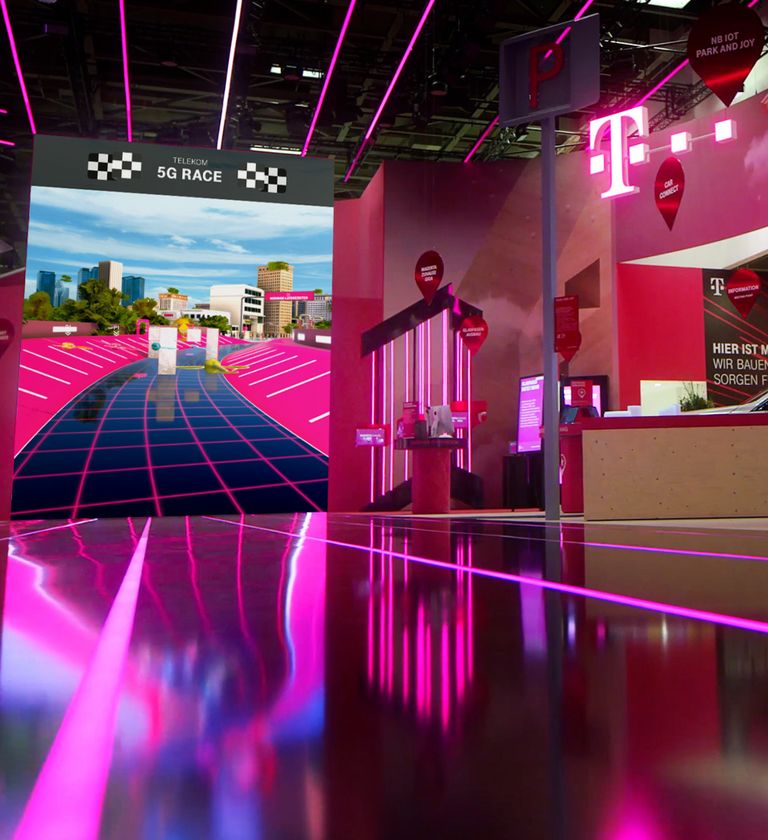
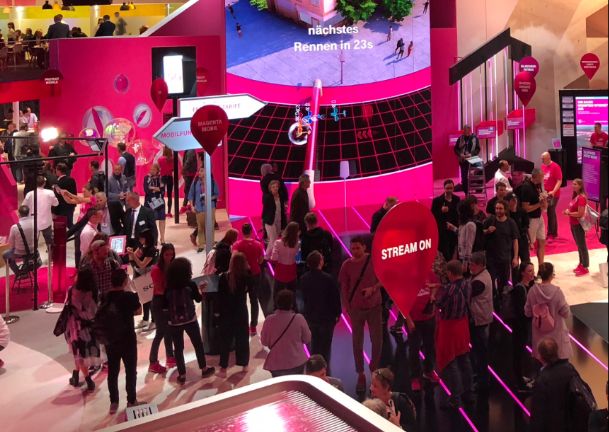
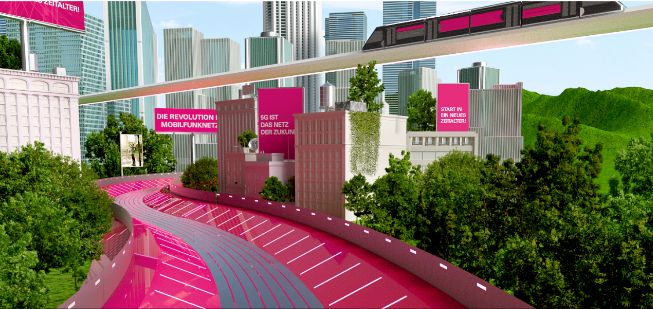
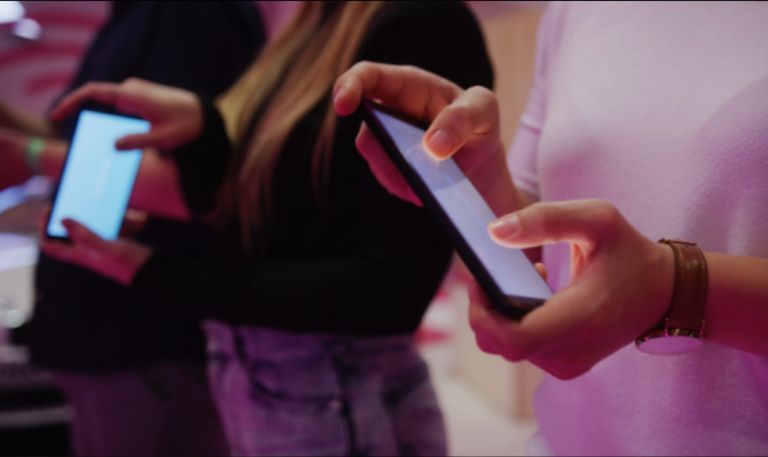
Inter
active
Games
IFA
Interactive games to highlight Deutsche Telekoms' products (who would have guessed by the magenta coloured imagery) during IFA.
The 3000m² hall was designed by Meiré und Meiré whereas we as a team at Demodern took over two of the digital installations. We 3D designed and modeled the virtual world, enriched with elements that were part of the IFA booth design in order to create a consistent and immersive representation with the real environment. I was part of the project team working on a drone race through a futuristic city highlighting the advantages of 5G. By reading the gyroscope sensor on the connected smartphone, players were able to navigate the drones through the virtual world with an application by tilting their phone.
It was a challenge to establish a coherent visual language throughout all applications with that many stakeholders involved. I was part of the early game concepts, art direction, UI design and in game engine (Unity) environment building. My role involved client contact and quality assurance within the creative team.
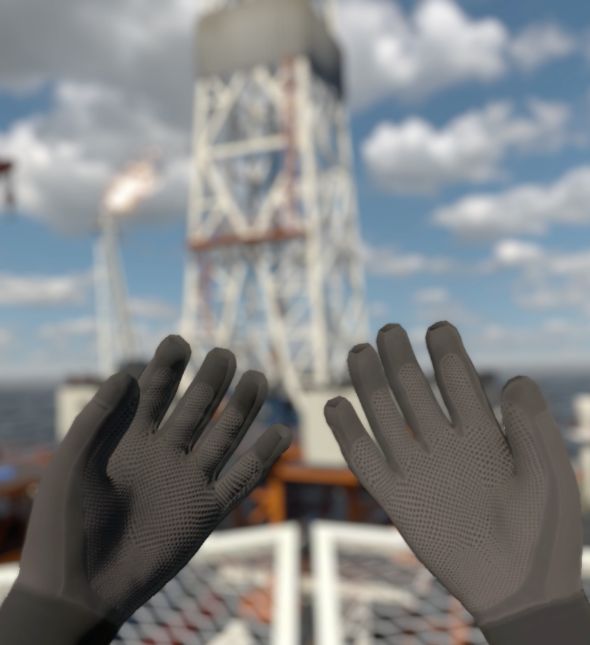
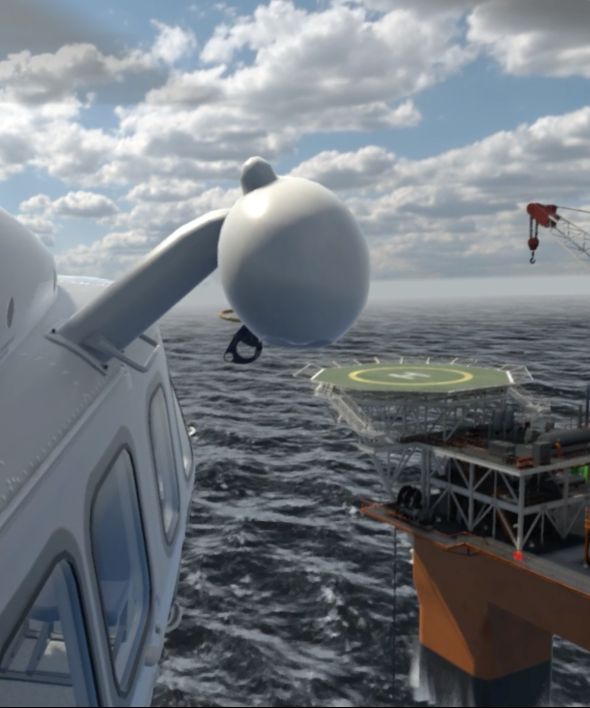
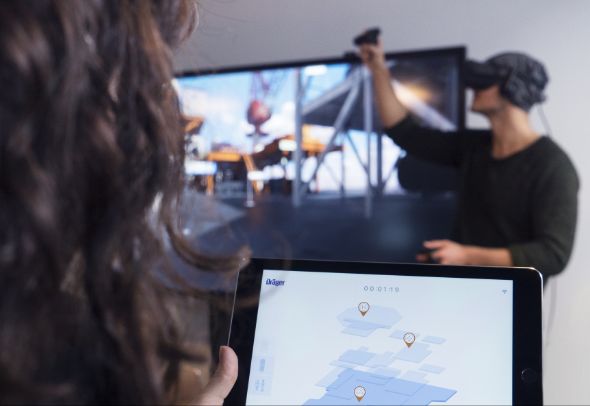
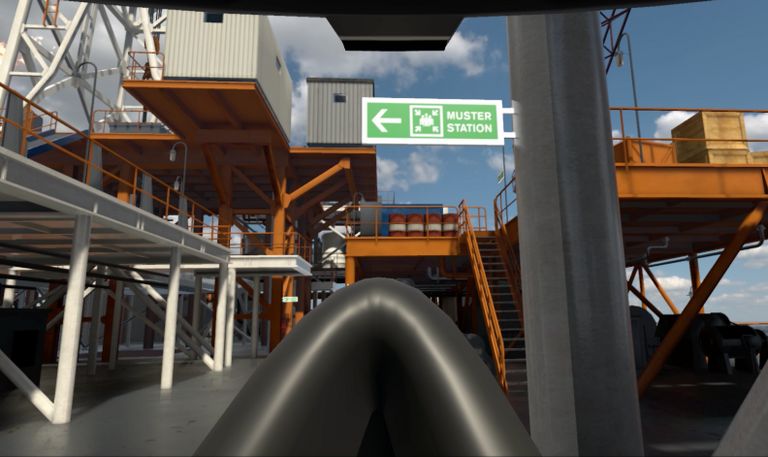
Off
shore
VR Ex
perience
An an engaging virtual reality experience around a selection of Dräger’s safety products.
The experience lets you dive into a character visiting the oil-rig, pushed in a race against time to escape from a gas leak: using safety tools, a way to detect and avoid hazards, equip oneself with safety tools, and reach the safe area before time runs out. Great attention was given to the creation of a story about the character and the events happening throughout the experience. We set up the narrative in order to have an increasing climax, useful in maintaining the attention of the participant.
As a team at Demodern we made a deep research regarding the emergency programs and the use of the detection kits in collaboration with experts in the sector. Additional to the game we developed a moderator app to monitor and control the progress and support the user.
I was responsible for the art direction and UI design of the VR experience. I worked closely together with development while designing the crucial interactions directly in the game engine (Unity). Additionally I was part of the on-site installation of the showcase. My role involved client contact and quality assurance within the creative team.
